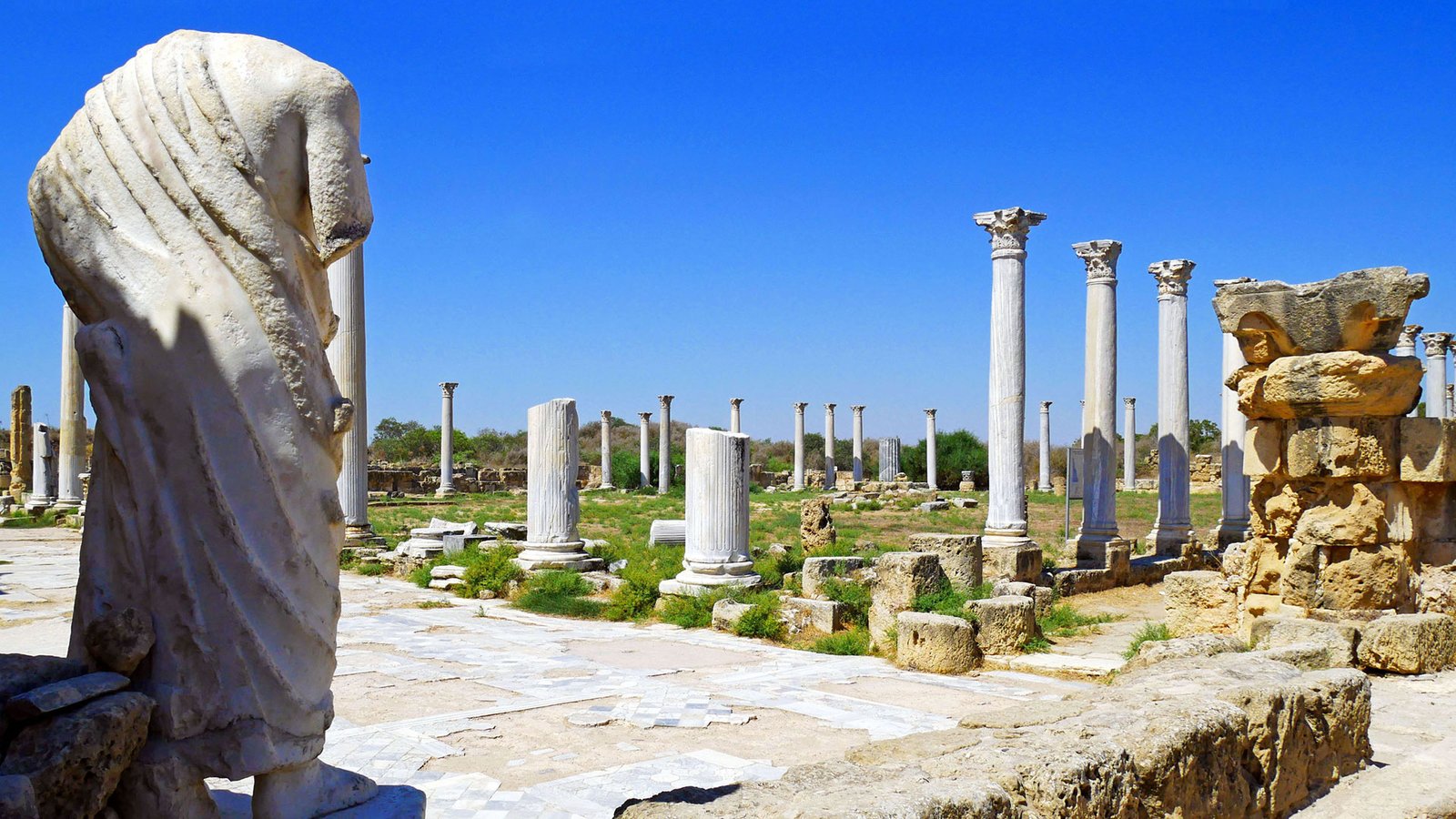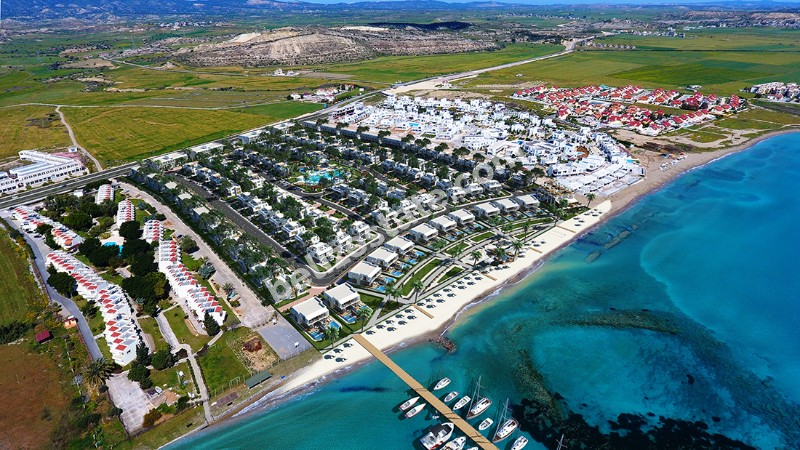Over View
Famagusta, known as Gazimağusa in Turkish, is one of North Cyprus’s most captivating cities. Situated on the eastern coast of the island, Famagusta is famed for its rich historical legacy, ancient ruins, and vibrant beaches. This city is a living museum, with remnants of ancient Greek, Roman, and Venetian influences that make it a treasure trove for history enthusiasts.
Beyond its historical allure, Famagusta is a dynamic urban center with a growing student population, thanks to Eastern Mediterranean University, and a unique blend of old and new structures. The city’s ancient walled area is surrounded by more modern developments, giving visitors an intriguing look at the coexistence of the past and present.
City Overview
History and Cultural Significance
Famagusta has one of the richest histories in Cyprus. Founded around 300 BC, the city rose to prominence during the Byzantine period and flourished under Venetian rule in the 15th and 16th centuries. The Venetians fortified the city with high walls to protect it from invaders, especially the Ottomans, who ultimately captured it in 1571. Today, these fortified walls and the many historic buildings within them remain some of Famagusta’s most visited sites.
Climate and Ideal Visiting Seasons
Like Kyrenia, Famagusta has a Mediterranean climate with hot summers and mild winters. Summers can reach over 30°C, while spring and autumn offer more moderate temperatures perfect for exploring outdoor ruins and beaches. The best time to visit is from April to June and September to October, allowing for a comfortable experience of both historical sites and beaches.
Getting Around Famagusta
Famagusta’s main attractions are easily accessible on foot within the walled city. For sites outside the city walls, taxis and local buses are available. For tourists, a guided tour or taxi service can simplify the journey to explore more remote ruins and landmarks around the Famagusta area.
Why Famagusta Should Be on Every North Cyprus Itinerary
Famagusta is a city of contrasts. Its walled city and ancient ruins offer a window into centuries of history, while its coastline provides the perfect beach escape. The city’s unique attractions, like the ghost town of Varosha and the stunning Gothic architecture of Lala Mustafa Pasha Mosque, give it an edge over many other tourist destinations.
With its compact layout, Famagusta allows visitors to immerse themselves in its heritage and culture without extensive travel. It’s an ideal destination for those looking to experience history, architecture, and the Mediterranean lifestyle all in one place.





